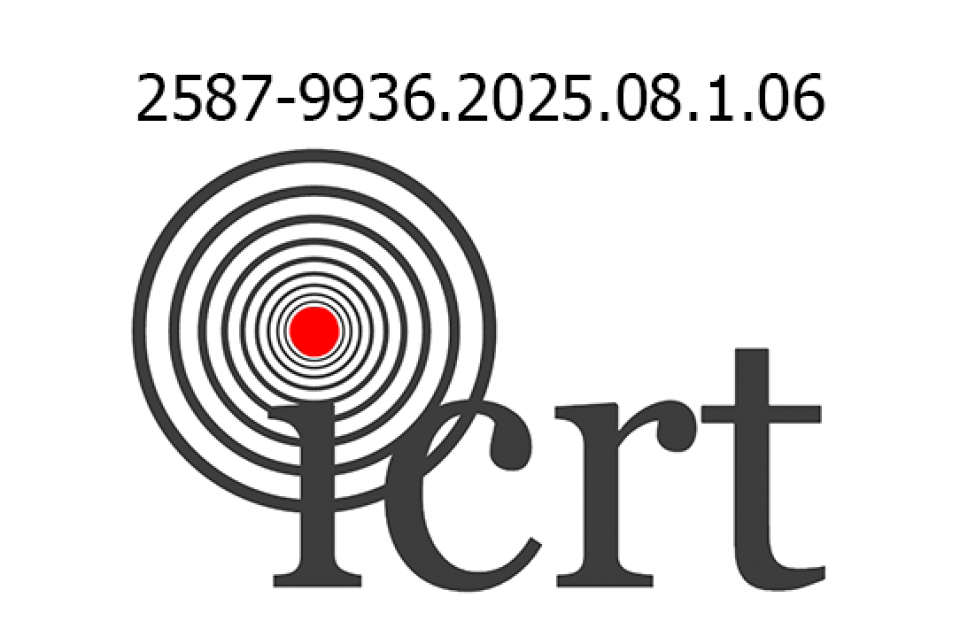Datasets
Standard Dataset
Matched Filtering of the Optimal Signals
- Citation Author(s):
- Submitted by:
- Pavel Yermolov
- Last updated:
- Thu, 04/03/2025 - 02:12
- DOI:
- 10.21227/mw19-th31
- Research Article Link:
- License:
 27 Views
27 Views- Categories:
- Keywords:
Abstract
It is shown that if the complex coefficient of transmission of the matched filter is determined according to the criterion of the minimum output noise variance at a fixed reference value of the output signal, then an increase in the signal-to-noise ratio at the output of such a filter is possible by appropriate selection of the energy spectrum of the signal. The choice of the energy spectrum of the signal is due to the type of power spectral density of the input noise. To determine the energy spectrum of the signal, the signal-to-noise ratio at the output of the matched filter is maximized using the Bunyakovsky–Schwartz inequality. If the input noise is white noise with a uniform power spectral density, then the signal-to-noise ratio at the output of the matched filter is independent of the type of energy spectrum of the signal. The gain in signal-to-noise ratio from applying the matched filter is equal to the square root of the signal base. If the energy spectrum of the signal is directly proportional to the power spectral density of the input non-white noise, then the gain in signal-to-noise ratio from applying the matched filter is also equal to the square root of the signal base. If the energy spectrum of the signal is inversely proportional to the power spectral density of the non-white noise, then the gain in signal-to-noise ratio from applying a matched filter may exceed the square root of the signal base. An increase in the width of the signal spectrum compared to the width of the noise spectrum leads to a sharp increase in the gain. If the energy spectrum of the signal is uniform and the power spectral density of the non-white noise is arbitrary, then the gain in signal-to-noise ratio from applying a matched filter may exceed the square root of the signal base. An increase in the width of the signal spectrum compared to the width of the noise spectrum leads to a sharp increase in the gain. However, this gain is less than in the previous case.
N/A










